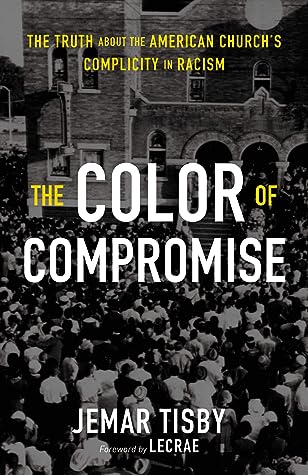Plessy’s case against Judge John Howard Ferguson went all the way to the Supreme Court, and on May 18, 1896, the justices of the Supreme Court ruled that Plessy’s rights had not been violated because it was a fallacy to believe that “the enforced separation of the two races stamps the colored race with a badge of inferiority.”13 The Plessy v. Ferguson decision legalized what soon became standard practice throughout the country for the next sixty years—the “separate but equal” doctrine.
Welcome back. Just a moment while we sign you in to your Goodreads account.


